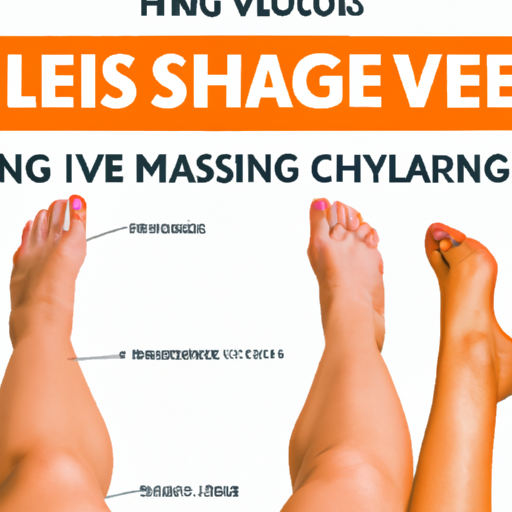Identifying and Treating Shingles on Your Legs: A Guide
- Participate in Clinical Trials for Shingles at ChatGPT-Pharmacy.com
- Can You Develop Shingles Rash on Your Legs?
- First Symptoms of Shingles on Your Legs
- What Do Shingles Look Like on the Legs?
- Common Causes of Shingles Flare-Ups on Legs
- Shingles Risk Factors
- How Long Do Shingles on the Legs Last?
- Treatment for Shingles
- How to Treat Rash from Shingles at Home?
- Complications of Shingles Rash on the Legs
- Prevention
- When to Seek Medical Help?
- The Lowdown
Participate in Clinical Trials for Shingles at ChatGPT-Pharmacy.com
Have you considered clinical trials for Shingles? At ChatGPT-Pharmacy.com, we make it easy for you to participate in a clinical trial for Shingles and get access to the latest treatments not yet widely available. You can be a part of finding a cure.
Can You Develop Shingles Rash on Your Legs?
Shingles can occur anywhere on the body, including the legs and groin. You may experience unique discomfort, but it will be no less intense than an individual that develops shingles on their torso or face. Shingles usually affects only one side of the body. Although it normally appears on one side of your face or neck, that does not mean you should rule it out in other circumstances.
First Symptoms of Shingles on Your Legs
Although blistering and a red or discolored patch are perhaps the most noticeable shingles symptoms, they are not always the first to appear. You may suffer pain, itching, or tingling for the first several days. There are cases in which shingles pain remains despite developing a minor or no rash. Other symptoms may include headaches, fever, malaise, and an upset stomach.
What Do Shingles Look Like on the Legs?
The appearance of shingles on your legs may depend on the severity of your infection and the pigmentation of your skin. For instance, shingles may appear reddish if you have fair skin, whereas it may appear brown or like darker-colored pigmentation if you have melanated skin. Shingles appears as a blistering rash solely on a single side of your body, usually covering a band-like pattern.
Common Causes of Shingles Flare-Ups on Legs
Shingles is triggered by the reactivation of the varicella-zoster virus (VZV), which is also responsible for varicella (chickenpox). If you have suffered from chickenpox in the past, you are at risk of developing shingles. Shingles frequently appear as a band because the VZV primarily attacks nerve cells and follows the trajectory of a nerve.
Shingles Risk Factors
Although the exact trigger of dormant VZV reactivation is unknown, several risk factors can increase your risk of developing shingles. These involve cancer therapies, certain drugs, some illnesses, older age, and poor well-being.
How Long Do Shingles on the Legs Last?
Shingles can last three to five weeks on your legs and groin, from when you first detect symptoms to when the rash entirely clears.
Treatment for Shingles
Even though there is no cure for shingles, it typically disappears on its own. However, because of the discomfort it causes, there are numerous treatments available to help manage the symptoms. Such as antiviral medications and over-the-counter pain drugs.
How to Treat Rash from Shingles at Home?
Apart from consulting your doctor, there are some other ways you can manage your rash from shingles at home. Such as avoiding stress, dressing comfortably in natural-fiber garments, eating a balanced diet, soothing your skin with an oatmeal bath or calamine lotion, trying easy fitness routines, keeping your affected skin area cool, getting adequate rest, and keeping the area clean or covered.
Complications of Shingles Rash on the Legs
Shingles rash can lead to complications, including postherpetic neuralgia (PHN), a pain that remains in the infected area over 90 days after the rash appears. Sometimes, it can linger for weeks, months, or even years. Other complications of shingles include serious eye problems, hearing problems, brain inflammation, pneumonia, and even death.
Prevention
Obtaining the Shingrix vaccine is the most effective method of preventing shingles rash and related complications. Getting vaccinated is especially crucial if you are over 19 and have a compromised immune system or are over 50.
When to Seek Medical Help?
You should seek medical help if you have previously been diagnosed with chickenpox and are having pain and itching in a band-like blistery rash formation on your leg or groin. The earlier you begin antiviral treatment, the more likely you are to reduce the duration and severity of your symptoms.
The Lowdown
Shingles is a painful, blistery rash that affects up to one-third of the population. It develops when the varicella-zoster virus reactivates due to an impaired immune system. Shingles rash typically appears in a band

